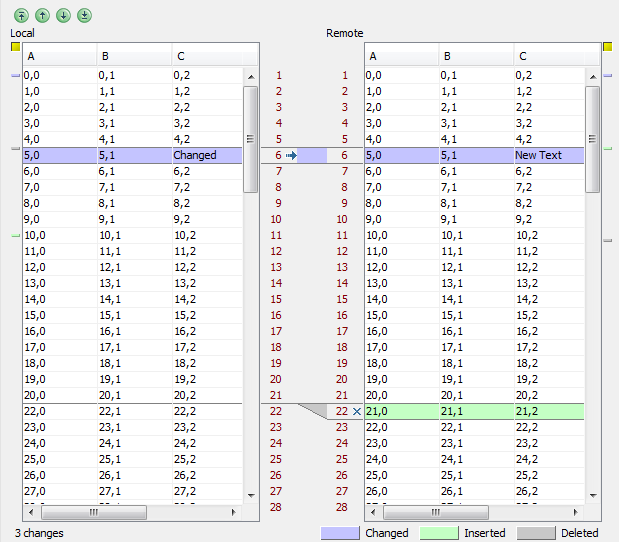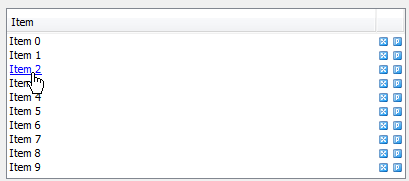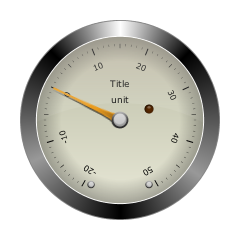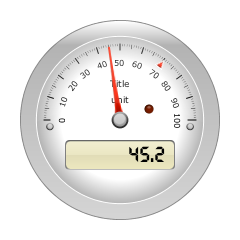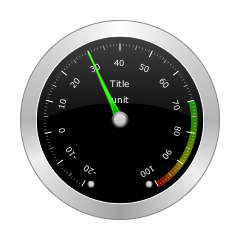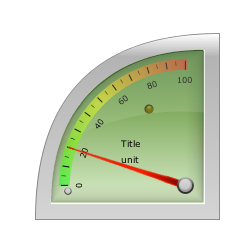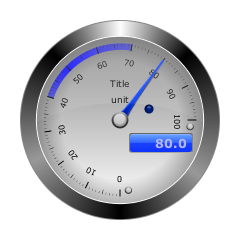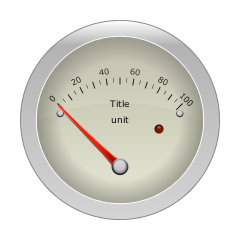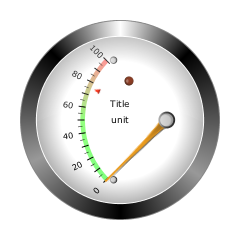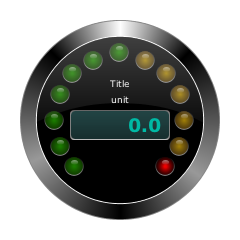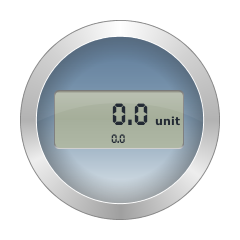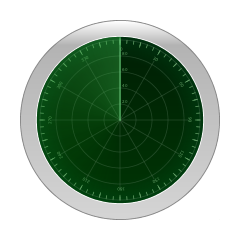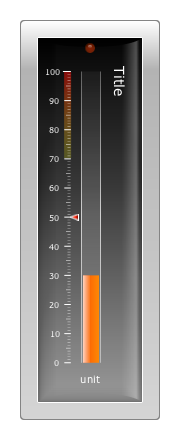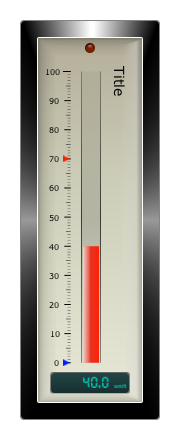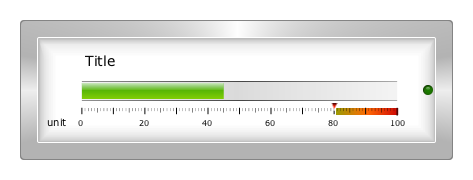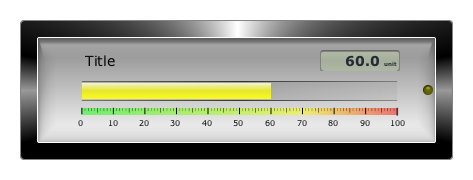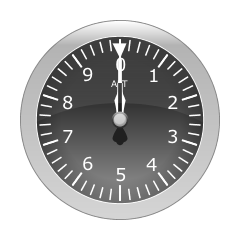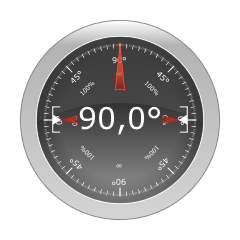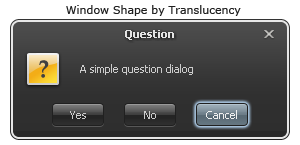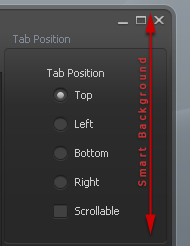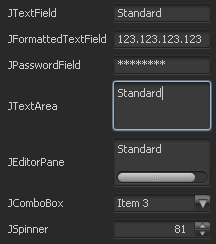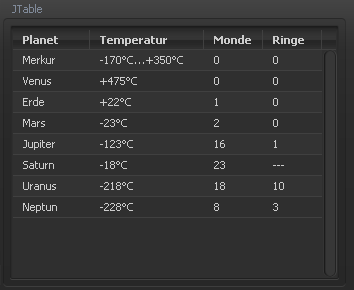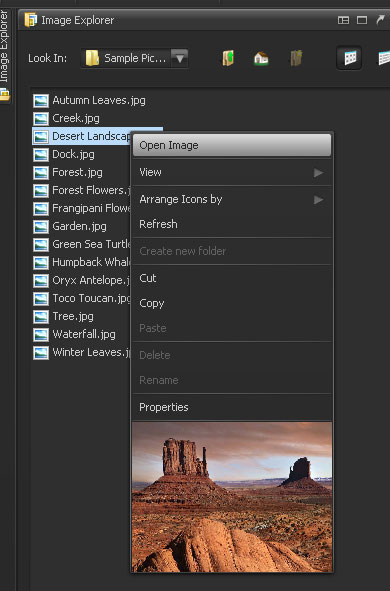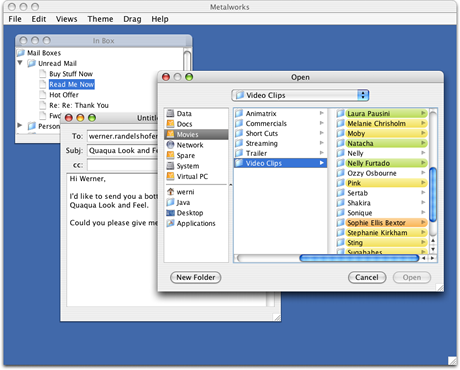Kleine Änderungen bei den http://www.jidesoft.com/products/component.htm:
- (Common) Added CheckBoxListSelectionModel#setCheckAllEntry() to control the default behavior of CheckBoxList for "all" entry.
- (Common) Added isEnsureFontExistence to FontNameConverter.
- (Common) Added IconBorder class which can paint an icon as part of the border which is perfect to be used in the table cell through the CellStyle feature.
- (Common) Added a new component StyledToolTip.
- (Component) Set tooltip to the PregressStatusBarItem so that the message can still be shown even when the message is too long.
- (Grids) Fixed so that CellStyleTableHeader could support the new StyledToolTip.
- (Grids) Added overlayCellPainter and underlayCellPainter to CellStyle.
- (Grids) Added HeaderLineWrapModel interface to configure the line wrap properties for column header easier.
- (Grids) Added paintCellUnderlay method to paint the cell background below the cell content.
- (Grids) Added JideTableTransferHandler to accept importing data by default.
- (Grids) Added MarginExpandablePanel#getIcon(Node) to customize the icon easier.
- (Pivot) Added two APIs in PivotTablePane to customize the data table selection behavior. See the enhancement request here.
- (TreeMap) Improved robustness of colormap creation.
- (TreeMap) Added support for opening File instances through context menu.
- (TreeMap) Added support for ordering by ascending sizes.
Mehr unter http://www.jidesoft.com/history/.


